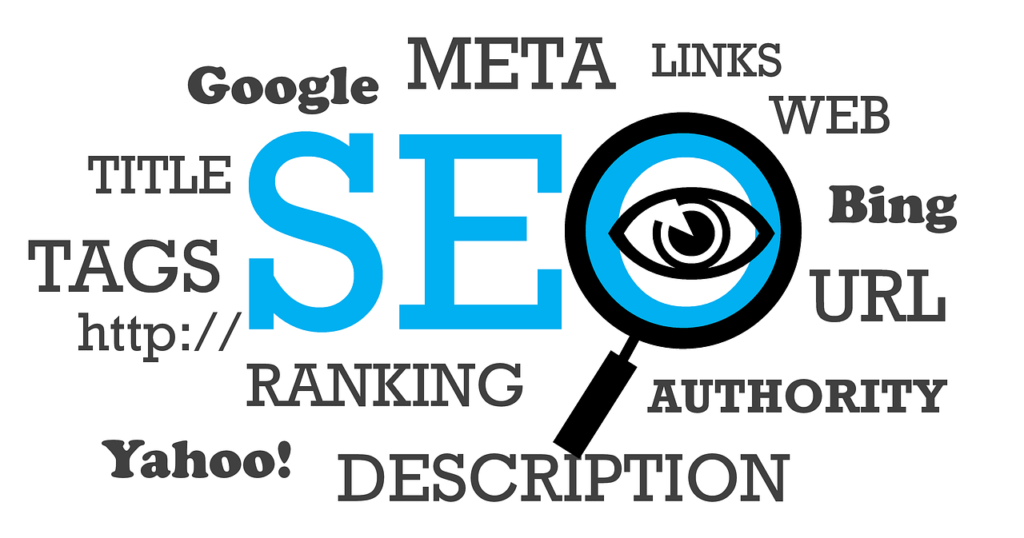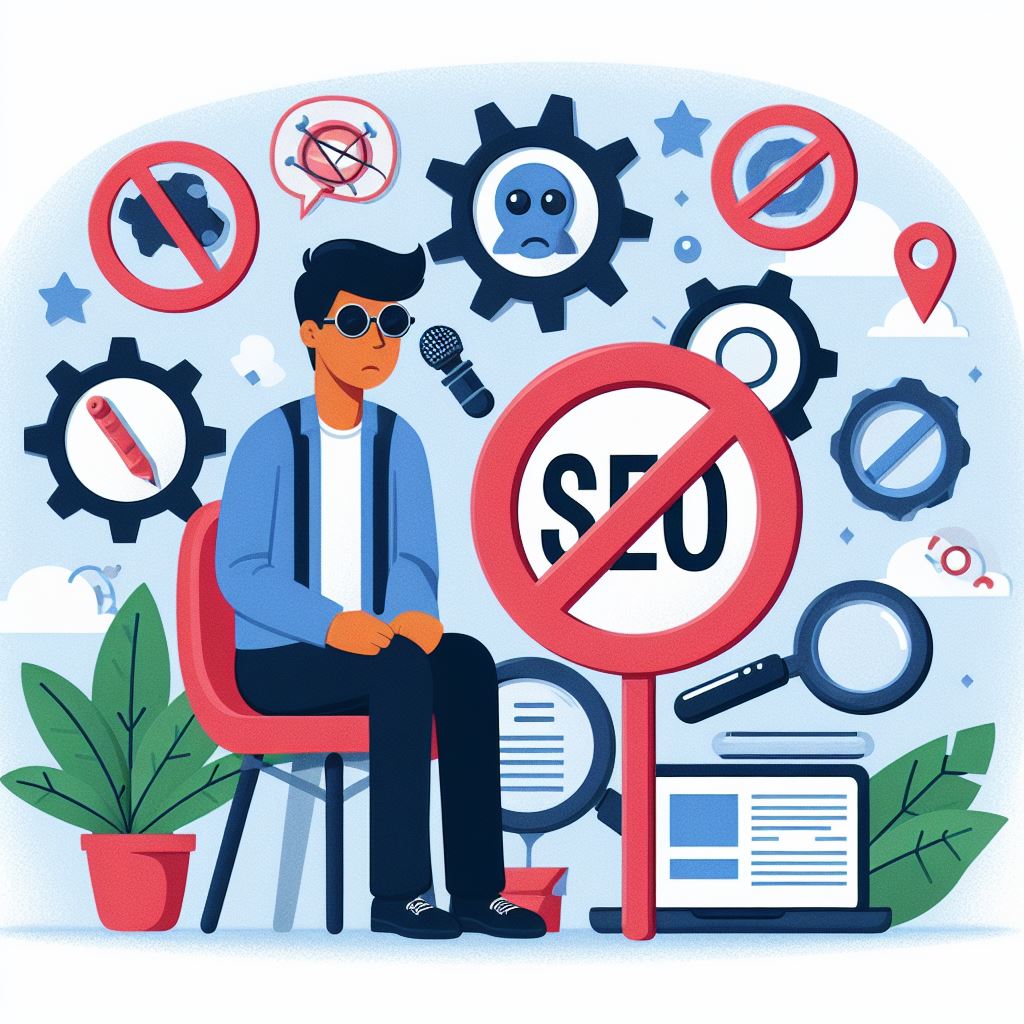If you’ve been keeping an eye on SEO trends, you’ve probably heard of Google’s Helpful Content Update. It’s a game-changer, and if you rely on organic search traffic, you need to understand how it works. But don’t worry, I’ll break it down in a simple, conversational way.
What is Google’s Helpful Content Update?
Google constantly updates its algorithm to improve the quality of search results. The Helpful Content Update is one of the most significant changes, focusing on ranking content that genuinely helps users rather than content designed just to manipulate rankings.
In short, Google is cracking down on content written purely for SEO purposes, like AI-generated fluff, clickbait, and keyword-stuffed nonsense. Instead, it prioritizes content that provides real value to readers. The update works by assigning a site-wide signal to determine whether a site has high-value, people-first content. If a website has too much low-quality content, all of its pages may suffer in rankings.
Why Did Google Roll Out This Update?
Over the years, SEO strategies have led to a flood of low-quality content. You’ve probably landed on a page that seemed promising but turned out to be a vague, repetitive article stuffed with keywords, right? That’s exactly what Google wants to eliminate.
The goal of this update is simple:
- Reward content that is useful, informative, and people-first
- Penalize content that is low-value, AI-spun, or overly optimized
- Improve user experience by providing high-quality, authoritative information
By doing this, Google ensures that users find the answers they need without wasting time on pages that add little to no value.
How This Update Affects SEO
If your website relies on SEO for traffic, you might see some changes in your rankings. Here’s how the update impacts different types of content:
1. Thin or Low-Value Content Gets Demoted
Google is now better at detecting fluff content—articles that add little to no value. If your content just rewords existing information without offering fresh insights, it’s likely to drop in rankings.
This means that if your site has a lot of redundant content with little unique value, it might experience a decline. To recover, focus on improving and consolidating content rather than churning out more low-quality pieces.
2. People-First Content Gets a Boost
Content that genuinely helps users, answers their questions thoroughly, and provides unique insights is getting prioritized. Google wants expertise and real human experiences to shine.
For example, in-depth guides, personal case studies, and expert opinions will gain more visibility over generic, mass-produced content. Authenticity is key here—Google wants content written by real people with experience in the subject matter.
3. AI-Generated and Over-Optimized Content is Penalized
While AI-generated content isn’t banned, Google is targeting AI-written articles that lack originality or depth. If you’re relying on AI tools to churn out mass content without human input, it’s time to rethink your strategy.
Instead of relying on AI-generated text, blend automation with human insights. Review AI-generated drafts, add personal expertise, and ensure the content feels natural and engaging.
4. Niche and Authoritative Sites Benefit
Google prefers expert-driven content from people who have actual experience in a topic. This means niche blogs and industry experts have a better chance of ranking over generalist sites pumping out mass content.
If you are an authority in your field, highlight your credentials, link to reliable sources, and ensure your content reflects deep knowledge rather than surface-level information.
5. User Experience Matters More Than Ever
Bounce rate, time on page, and engagement metrics are now crucial. If people land on your site but quickly leave because they didn’t find what they needed, Google takes it as a signal that your content isn’t helpful.
To improve user experience:
- Use clear formatting with headers, bullet points, and images
- Write in a conversational, easy-to-read style
- Keep your website mobile-friendly and fast-loading
How to Adapt and Future-Proof Your SEO Strategy
Now that we know how this update works, let’s talk about how you can stay ahead.
1. Write for Humans First, Search Engines Second
The golden rule of content creation is simple: prioritize value over keywords. Focus on:
- Answering user queries in-depth
- Providing actionable tips
- Using a conversational tone to keep readers engaged
Instead of stuffing content with keywords, focus on readability and value. Well-structured, informative content naturally ranks well.
2. Showcase Expertise and Experience
Google favors content written by real experts with firsthand experience. If you’re covering a topic, share personal insights, case studies, or original research to stand out.
For instance, a travel blog should include personal experiences rather than generic descriptions copied from other sources. Adding original photos, expert quotes, and unique perspectives can significantly improve rankings.
3. Keep Content Fresh and Updated
Google loves fresh content. Regularly updating old articles with new information can boost rankings. Keep an eye on industry trends and revise outdated content to maintain relevance.
Instead of publishing new content daily, revisit existing content, update statistics, add new insights, and keep it aligned with the latest search intent.
4. Avoid AI-Only Content
Using AI as an assistant is fine, but don’t rely on it to write entire articles. Add your own expertise, insights, and unique voice to ensure your content feels authentic.
5. Improve User Experience
Make sure your site is fast, mobile-friendly, and easy to navigate. Structure content with clear headings, bullet points, and engaging visuals to keep users on the page longer.
6. Target the Right Audience
Instead of trying to rank for generic keywords, focus on specific, long-tail keywords that attract the right readers. Answer niche questions that big sites might overlook.
For example, instead of writing a general article on “digital marketing,” create content like “how small businesses can use Instagram ads to increase sales.”
Final Thoughts: The Future of SEO
The Helpful Content Update is a wake-up call for content creators. Google is making it clear that quality, authenticity, and user satisfaction are non-negotiable. If you want to succeed in SEO moving forward, your best bet is to create genuinely helpful content that puts people first.
So, take a look at your content strategy. Are you offering real value, or are you just chasing rankings? Focus on helping your audience, and Google will reward you.
SEO isn’t dead—it’s just evolving. Adapt to these changes, and you’ll not only survive but thrive in the new era of search!
Do you have any questions or need help optimizing your content? Let’s discuss in the comments!

